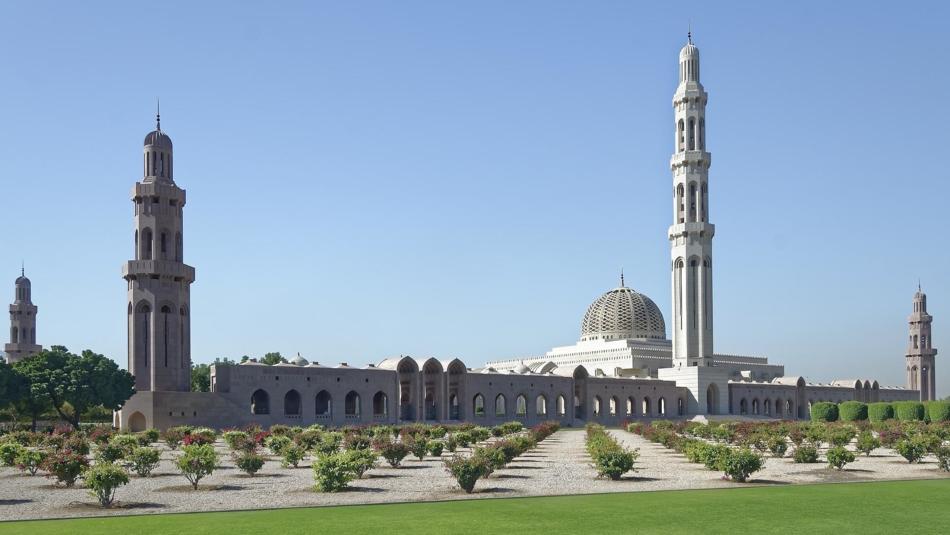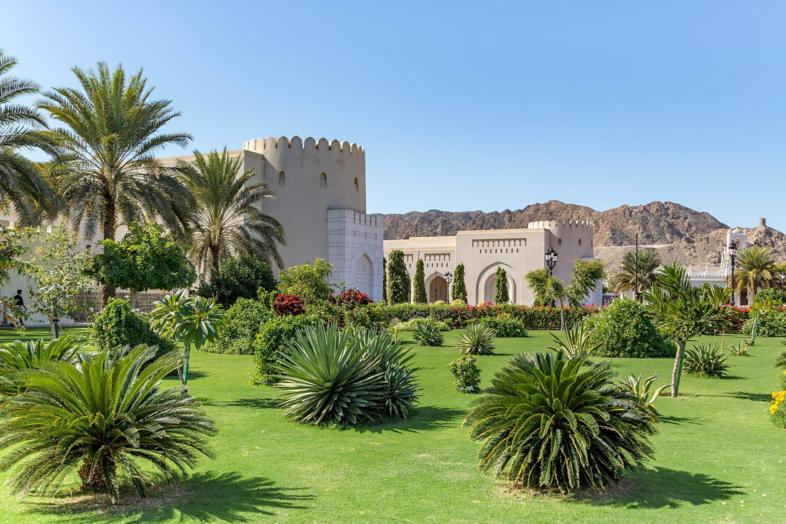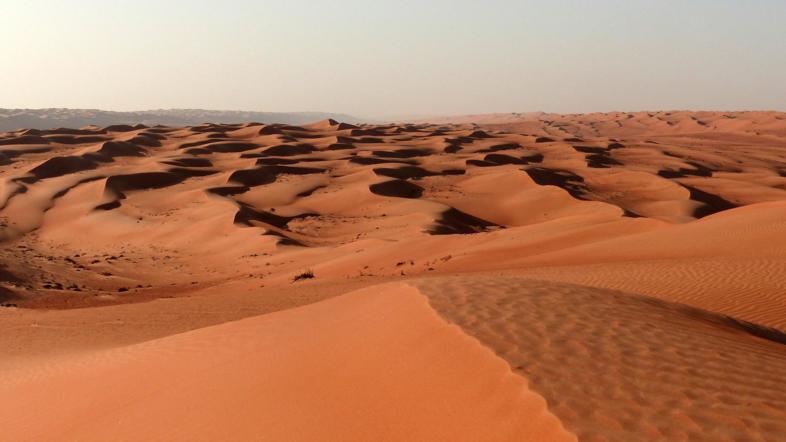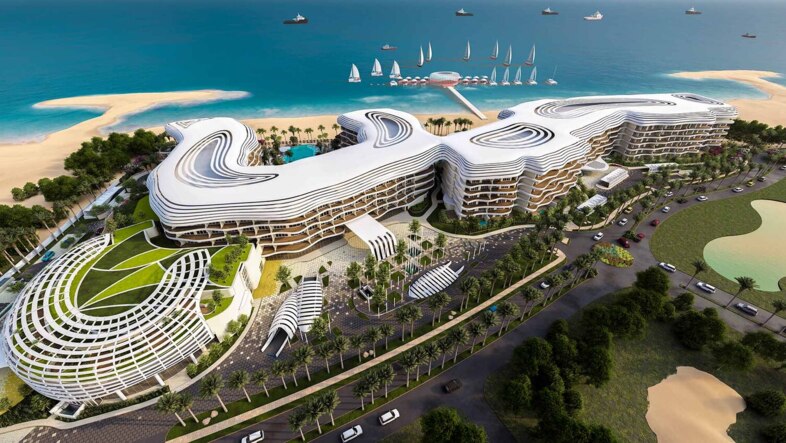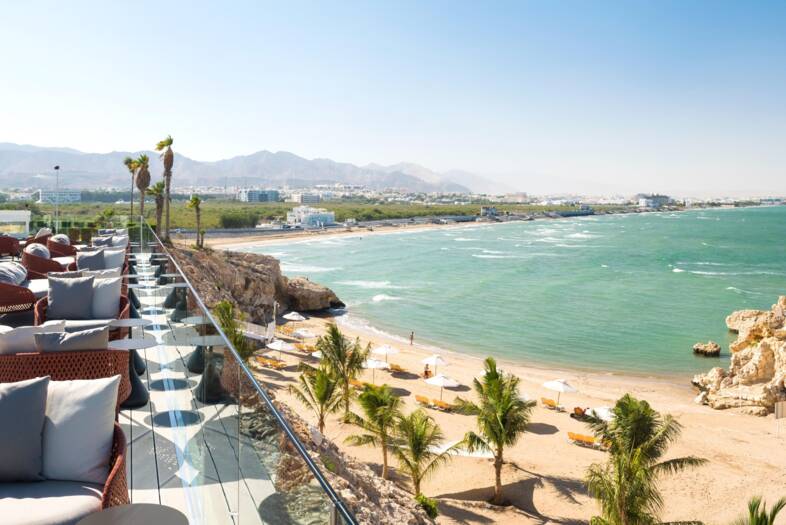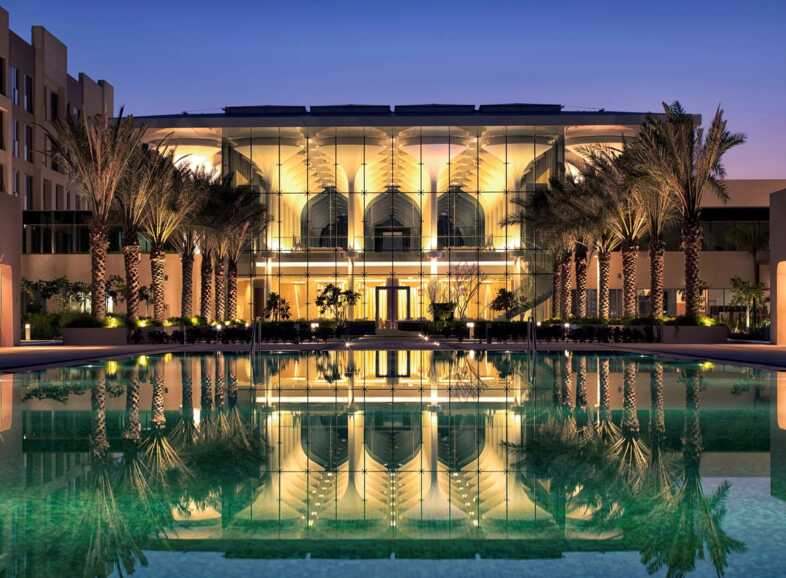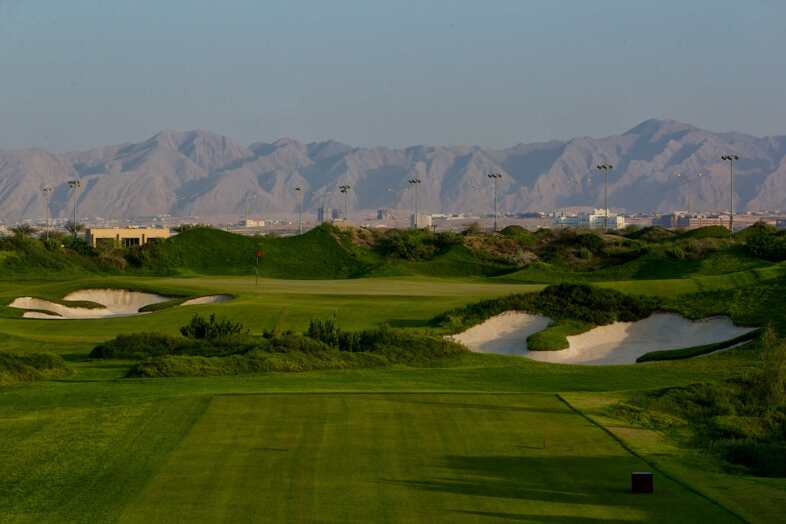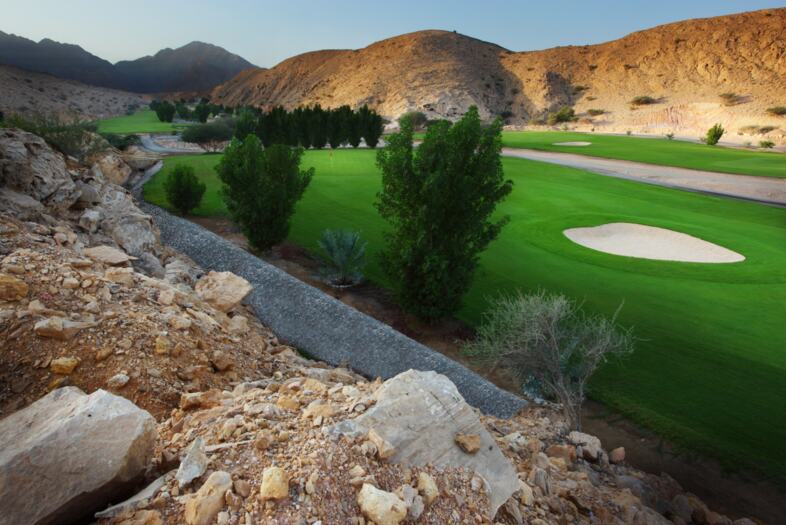Oman
Oman is increasingly developing into a golf destination that delights with first-class courses, impressive landscapes and a relaxed atmosphere.
Oman's top golf courses include Al Mouj Golf in Muscat, a breathtaking 18-hole course right by the sea, designed by Greg Norman. The Ghala Golf Club, Oman's oldest golf course, is nestled in a spectacular mountain landscape and offers a unique playing experience. The Ras Al Hamra Golf Club is one of the few floodlit courses in the country and offers golf into the evening hours.
Luxurious golf resorts such as the Al Bustan Palace or the Shangri-La Barr Al Jissah offer first-class comfort, wellness and first-class gastronomy in the immediate vicinity of the golf courses.
With its blend of first-class golf, unspoiled nature and Arabian hospitality, Oman offers a unique golfing experience away from mass tourism.
Attractive golf hotels and resorts Oman
Our best golf courses Oman
Best Journey Time
The ideal time to travel to Oman is between October and April, when temperatures are pleasant and perfect for outdoor activities such as golf, desert safaris and sightseeing. During these months, temperatures are usually between 20 and 30 °C, which also makes exploring the impressive wadis and mountains particularly pleasant.
From May to September, large parts of the country are very hot with temperatures above 40 °C, meaning that outdoor activities are only possible to a limited extent. One exception is the Dhofar region, particularly Salalah, which enjoys mild weather and lush green landscapes during the monsoon (khareef season from June to September).
For an all-round pleasant travel experience, the months of November to March are ideal, as the sea is at a pleasant temperature and the country is at its most beautiful.
Special Destinations
Oman impresses with a unique blend of nature, culture and adventure. Jebel Shams, also known as the "Grand Canyon of Oman", and Jebel Akhdar offer breathtaking mountain landscapes and spectacular hiking trails.
The famous wadis such as Wadi Shab and Wadi Bani Khalid with their turquoise blue water and lush vegetation are perfect for exploring and swimming. The endless dunes of the Wahiba Sands offer perfect conditions for desert safaris, camel rides and overnight stays in traditional camps.
Cultural highlights include the fortresses of Nizwa and Bahla as well as the historic Al-Hazm Fort. In Sur, you can marvel at the traditional dhow shipyards, while sea turtles can be seen laying their eggs in Ras Al Jinz.
The fjord-like bays of Musandam, often referred to as the "Norway of Arabia", offer spectacular boat tours and a fascinating underwater world. Oman combines nature, history and adventure in a unique way.
Culinary Highlights
Omani cuisine combines Arabic, Indian and Persian influences and impresses with spicy, aromatic dishes.
Traditional specialties include shuwa, tender lamb cooked slowly in earth ovens, which is often served on festive days. Majboos, also known as "Omani biryani", is a spiced rice dish with meat or fish. Mashuai, grilled kingfish with lemon rice, is one of the most popular fish specialties.
As a snack, halwa, a sweet specialty refined with rose water and nuts, and luqaimat, small, deep-fried dough balls with date syrup, are particularly popular. Karak tea, a spicy black tea variant with cardamom and milk, or qahwa, traditional Omani coffee with dates, is often served with it.
From street food in the souks to upscale cuisine in luxurious resorts, Oman offers a unique culinary experience for connoisseurs.
Arrival & Infrastructure on Site
Thanks to good transport connections, Oman is easy to explore - whether by rental car, cab or domestic flight to remote regions such as Salalah.
The most important port of call for international travelers is Muscat International Airport (MCT), which is served by numerous airlines. Direct flights from Europe take around 6 to 7 hours. Other airports are located in Salalah (SLL), Sohar (OHS) and Duqm (DQM).
Within the country, the road network is excellent, making rental cars a popular option. The main cities are connected via modern highways, while remote regions such as the desert or the Hajar Mountains are only easily accessible by four-wheel drive vehicles.
Taxis are widespread, but are not always equipped with taximeters, which is why prices should often be negotiated in advance. In Muscat, there are also ride-hailing apps such as Mwasalat or OTaxi as an alternative. Public buses are reliable, but are particularly relevant for longer distances between cities.

